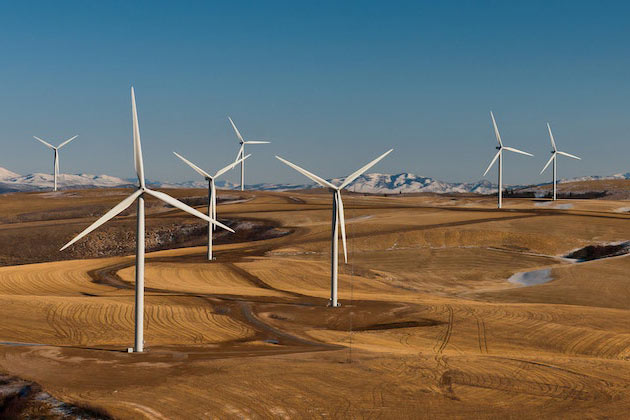WRI China
WRI China works with business, government and community leaders to shift the country onto a more sustainable development path.


China’s size and rapid growth have made it an economic and political powerhouse. While these advances transformed the country’s economy and lifted nearly 800 million people out of poverty, they’ve come with environmental challenges.
China is a leading emitter of greenhouse gases (GHG) at 26% of global GHG emissions. Despite President Xi’s pledge on reaching carbon neutrality by 2060, the country commits to achieve a just and green transformation. In 2020, China has put 38.4 gigawatts (GW) of new coal-fired power capacity into operation, more than three times the amount built elsewhere around the world. More than 50% of China’s population are somewhat affected by water scarcity every year. Additionally, water pollution further exacerbates scarcity issues in the country and its regional inequality. Although, at the national level, the country’s surface water quality has been improving since 2003, some regions are still “seriously below water quality targets”.
WRI China is dedicated to supporting China’s 2060 carbon neutrality pledge and the 14th FYP, WRI China is working on national and subnational levels to develop integrated roadmaps, promote just transition and achieve early peaking in cities. WRI China is also committed to shifting China’s investments to be more RE-oriented and optimizing global food supply chains from both supply and consumption sides for a more sustainable future.
Locations
- WRI China
Rm K-M, 7/F, Tower A, The East Gate Plaza #9,
Dongzhong Street
Dongcheng Qu
Beijing Shi, 100027
China
Featured Reports

Developing an Electric Mobility Roadmap for Vietnam: Global Experiences From National Case Studies
Working Paper May 15, 2023
Toward Credible Transport Carbon Dioxide Emissions Accounting in China
Working Paper December 23, 2022
Decarbonizing China’s Road Transport Sector: Strategies Toward Carbon Neutrality
Report May 26, 2022
Featured Insights



China’s Diet Is Changing: Behavioral Science Can Make it Healthier and More Sustainable
Insights May 12, 2023




